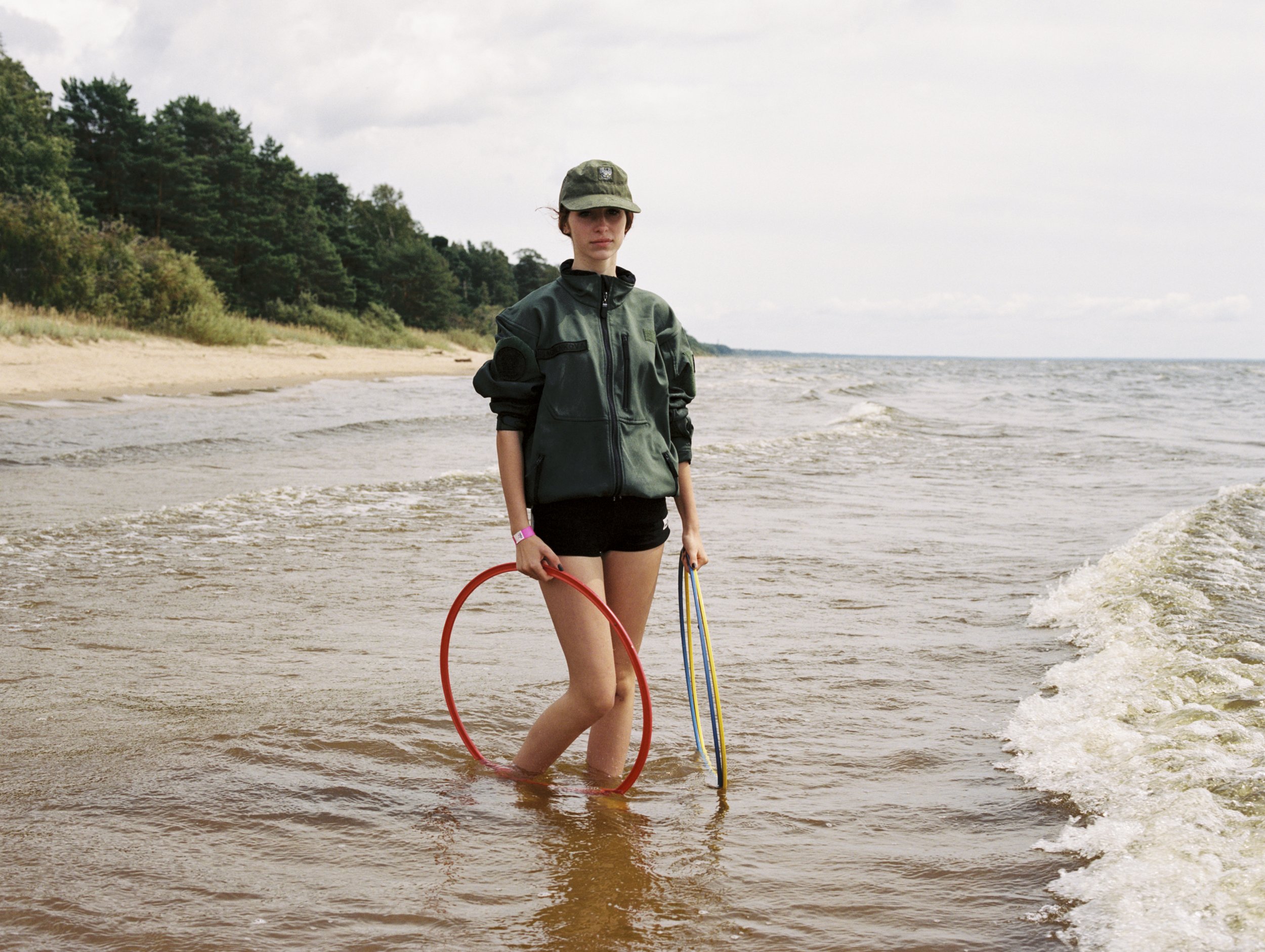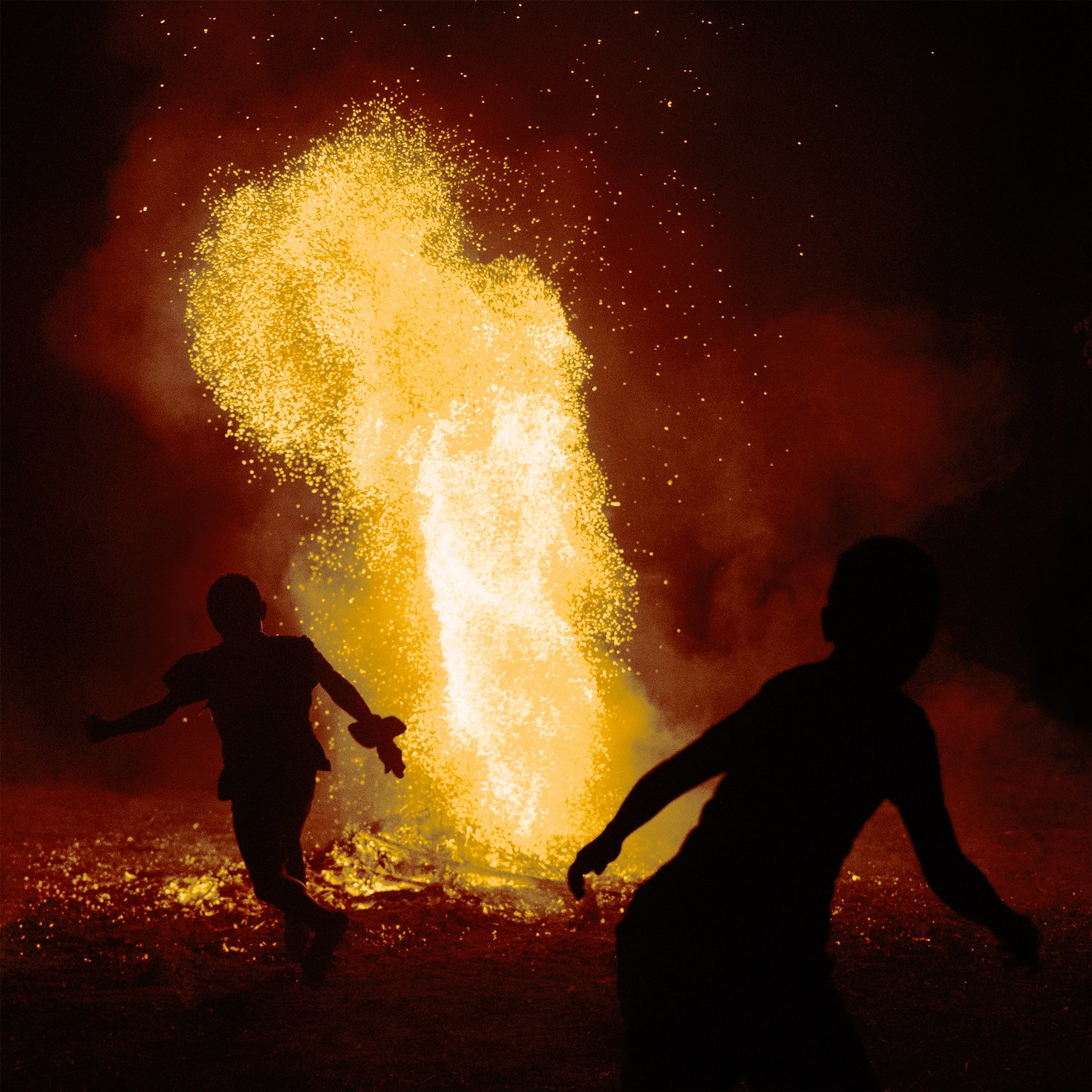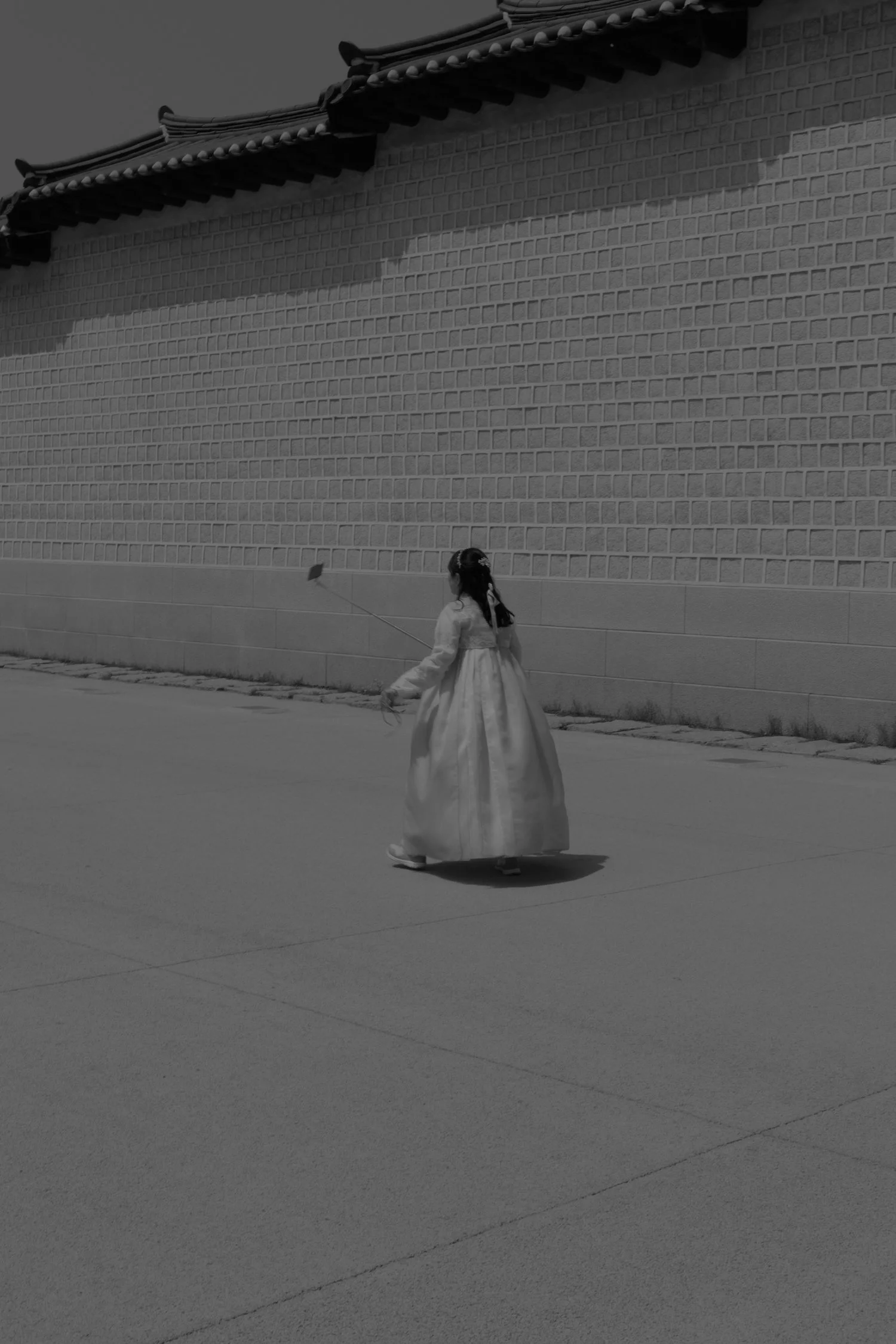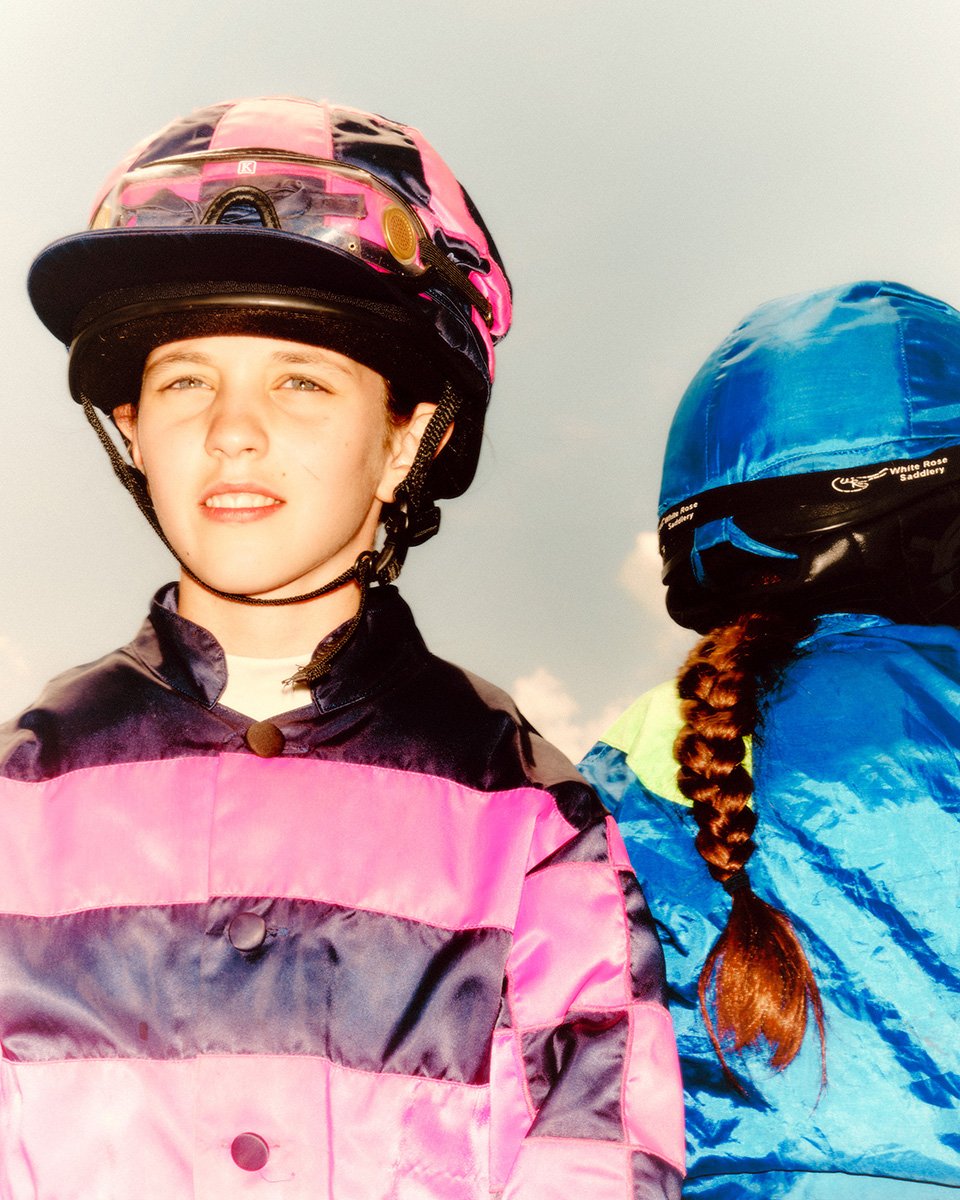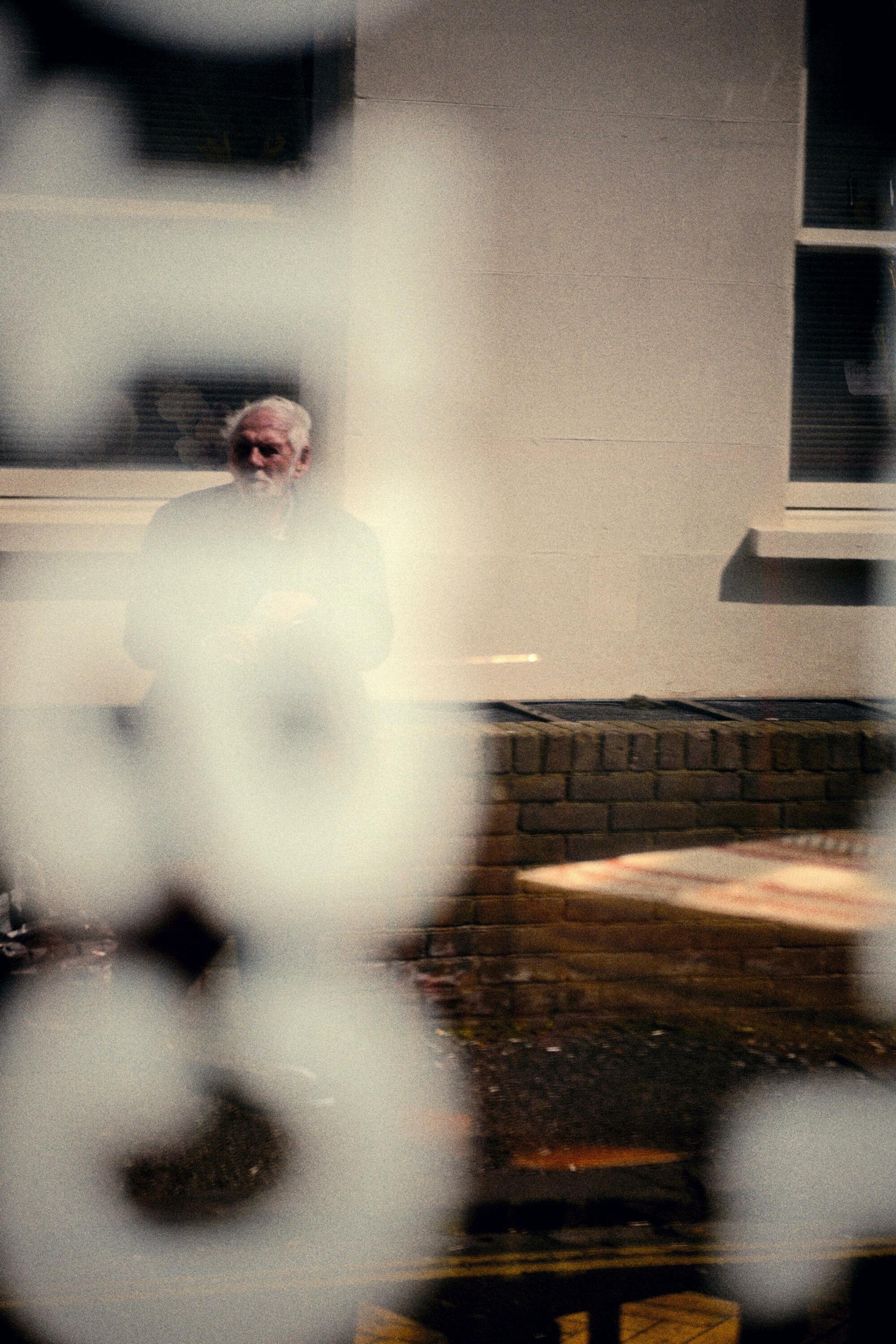Trouble
Self-portrayed in the wilderness in various parts of the world linking human body and nature, photographer Noémie Reijnen invites the viewer to connect with the present moment.
Words and Photography Noémie Reijnen“Trouble is an interesting word. It derives from a thirteenth-century French verb meaning “to stir up,“to make cloudy,” “to disturb.” We – all of us on Terra – live in disturbing times, mixed-up times, troubling and turbid times. The task is to become capable, with each other in all of our bumptious kinds, of response.”
(cf Haraway Donna, Staying with the Trouble, Duke University Press, 2016:1)
From a very young age I regarded us Humans as an affliction on the planet and could not see how we would ever change for the better, nor how we could backtrack and undo what had already been done. My response was, as Donna Haraway describes it:
“A position that the game is over, it’s too late, there’s no sense trying to make anything better, or at least no sense having any active trust in each other in working and playing for a resurgent world.”
(cf Haraway, 2016:3)
“Staying with the trouble requires making oddkin; that is, we require each other in unexpected collaborations and combinations, in hot compost piles. We become – with each other or not at all.”
(cf Haraway, 2016, S.4)
Her words spoke to me then and offered a radical shift in perspective, from the ungrounded feelings of despair and hope to a more connected and active presence.
“In fact staying with the trouble requires learning to be truly present, not as a vanishing pivot between awful or edenic pasts and apocalyptic or salvific futures, but as mortal critters entwined in myriad unfinished configurations of places, times, matters, meanings.”
(cf Haraway, 2016:1)
I had been taking these self portraits for a few years already. In a rather aimless way, I followed my impulses when I found myself in one of these special places, to lie there, close to the earth, the sand, or the rock and somehow capture that moment.
This series of self portraits aims to capture the implicit link between the primordial human body and nature. In the age of the Anthropocene and the Capitalocene, as the female body suffers male domination, so does Nature. The ecological fight and feminist one are deeply linked, and both call for care and connection over material growth and domination.
“Our task is to make trouble, to stir up potent response to devastating events, as well as to settle troubled waters and rebuild quiet places.”
(cf Haraway, 2016:1)
These stories meet at the intersection of ecology and feminism, with a wish to reclaim the body as primal and question the intertwined relationship to our kin and our environment.
“The ecological fight and feminist one are deeply linked, and both call for care and connection over material growth and domination.”
“I followed my impulses when I found myself in one of these special places, to lie there, close to the earth, the sand, or the rock.”
About Noémie
Through documenting her life and that of her friends and family, Noémie explores the themes of intimacy, identity and environment. Often set in breathtaking landscapes, her photographs call for a deeper connection to the world we inhabit, and speak of a melancholic longing for a return to Nature.
Her work is imbued with the calm solitude of nature and carries with it the spirit of the forests she grew up in.
To see more of her work, visit her website or follow her on Instagram
















